CO2 Storage Plans Risk Leaving Future Generations with ‘Carbon Bombs’, Energy Expert Warns
DeSmogBlog
AUGUST 12, 2021
Developing carbon capture and storage (CCS) capacity is a key feature of the UK’s strategy to reduce emissions and hit its climate targets. But the recent failure of the Gorgon project in Western Australia to meet its five-year CCS target shows that storing carbon is no small feat. . according to a 2014 study. By Tracy Keeling.


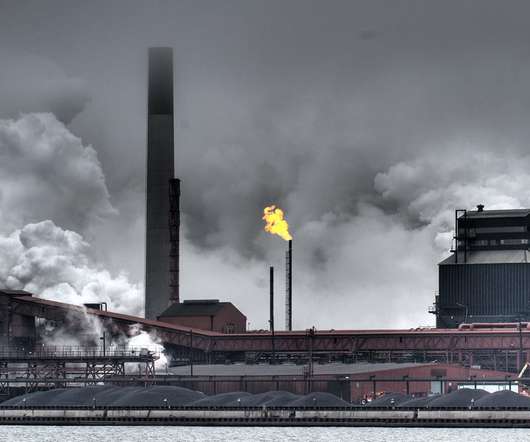

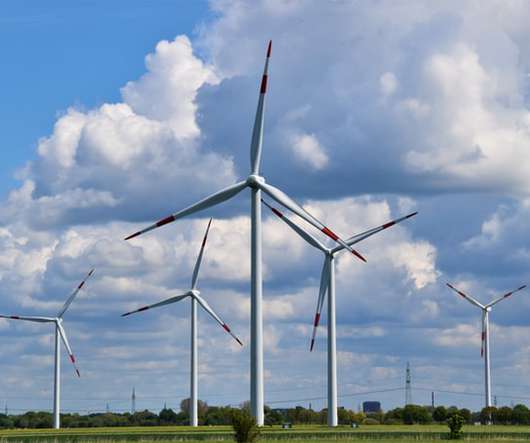
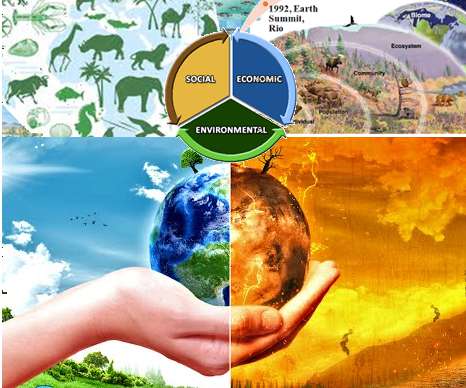


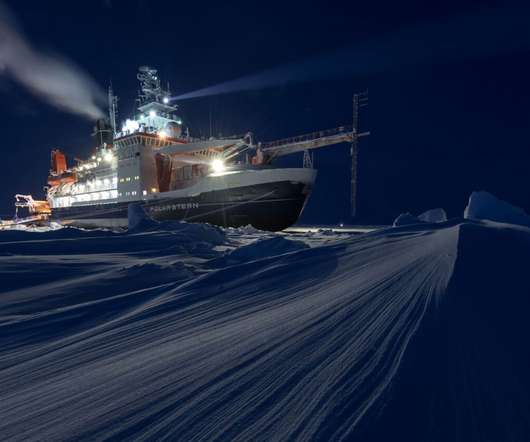



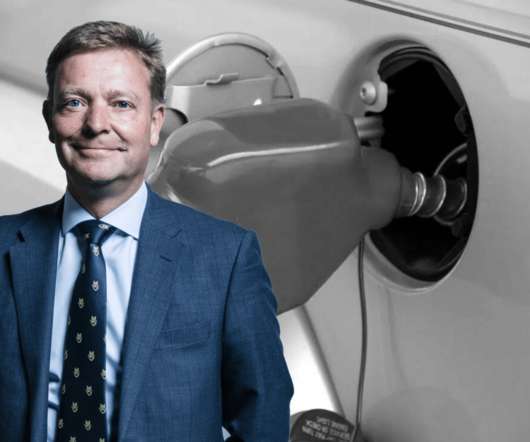








Let's personalize your content